Tempura - delicacy in a pastry coating
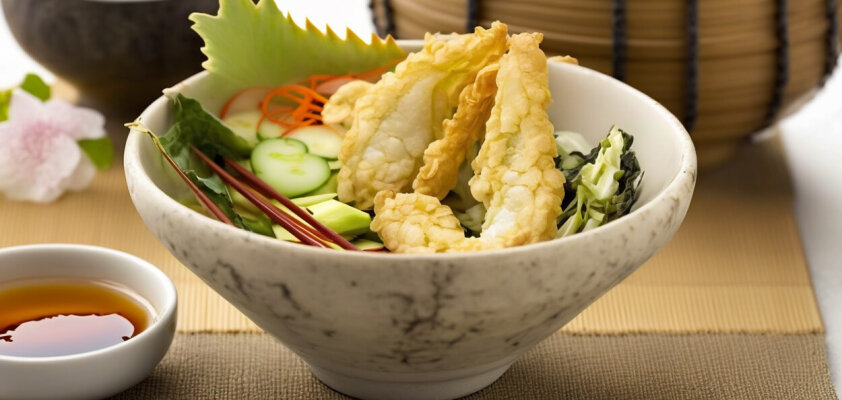
Crunchy but not greasy: Despite being coated in batter and fried, Tempura still maintains the healthy image of Japanese cuisine. After sushi and teriyaki, it is the most popular dish in Japan worldwide. Discover the surprising origin of this specialty, what actually lies beneath the batter coating, and how you can enjoy it yourself.

Western deep-fried Japanese style
Although the dish is now considered typically Japanese, it actually has a different origin: Portuguese Jesuit missionaries brought Tempura to Japan in the 17th century. Upon arriving in the port of Nagasaki, they particularly enjoyed Japanese seafood. During Lent, when meat was taboo, fried fish was the dish of choice for Christians. Since "Tempera" means "Lent" in Portuguese, the Japanese likely took it as the name of the dish. Another version states that the origin comes from the Portuguese word "Temperar," meaning "to fry." "Tempero" means spice. The Japanese spelling is still "Tenpura" because the letter "m" does not exist as a standalone character in the Japanese script.
Frying itself was not previously known in Japanese cuisine: traditionally, Japanese cuisine had little to do with oil. While there was a similar dish in Japan nine centuries earlier, it was prepared with rice flour instead of wheat flour. The novel Tempura first became popular as a snack between meals. At that time, it had a much heavier and thicker batter and was fried in animal oil. Initially, meatballs were processed, and it wasn't until the 18th century that fish and vegetables were prepared whole. This better suited the Japanese principle of naturalness, reflected in the taste, and corresponded to the lighter batter that developed over time.
From snack to speciality
Unfortunately, the exact original recipe is not handed down today. However, that doesn't stop Tempura from remaining one of the most popular dishes from Japan today. Since oil was expensive up until 500 years ago, only nobles, samurai, and merchants could afford to eat Tempura until the 17th century. After that, the fried snacks became an everyday snack. The Japanese Shogun Tokugawa Ieyasu allegedly loved Tempura so much that he is said to have died from consuming too much of it.
But don't worry: Tempura is not as unhealthy as other fried dishes. The key to this is, first of all, the batter: It only consists of flour, egg, and water. However, you can also get creative and add some Japanese beer or sake to the batter.

On the other hand, Tempura is generally low in calories: One piece contains about up to 80 calories, and with vegetables, it's only half. One reason for this: Only a very thin layer of batter is applied, so you can still see and appreciate the color and texture of the food. A good chef must learn the art of Tempura as carefully as the preparation of sushi. There have been specialized Tempura restaurants for about 100 years that have perfected this dish. It was only during the Meiji era (1868–1912) that Tempura transitioned from a snack eaten standing up to the main course as we know it today.
Tempura rarely comes alone
The most common way to eat Tempura in Japan is known as Tendon: Served in a bowl on a bed of rice. Soba and Udon noodles also go well with it: In summer, people particularly enjoy Tenzaru Tempura, where the noodles are served cold as a side dish to the hot Tempura. If the noodles swim in the same bowl as the Tempura in a hot broth, the dishes Tempura Soba and Tempura Udon are created. There are also complete sets where Tempura is served together with noodles or rice, Miso soup, lemon, and other smaller side dishes. You can customize your meal according to your taste. Tempura sauce, grated radish, and ginger also help with the digestion of the fried dish. Tempura is a bit less common in Onigiri, rice balls wrapped in seaweed, and sushi. Of course, you can also buy the fried pieces ready-made in the supermarket.
The versatility of Tempura makes it the perfect festive meal. Like most Japanese dishes, there are also some table manners to be observed at formal occasions. If Tempura is served individually on a plate, start from the front and work your way back. Usually, the lighter pieces of vegetables are placed towards the front, so they should be eaten first. Above all, Tempura should always be eaten while it's still hot – only then is it crispy and can fully unfold its flavor.
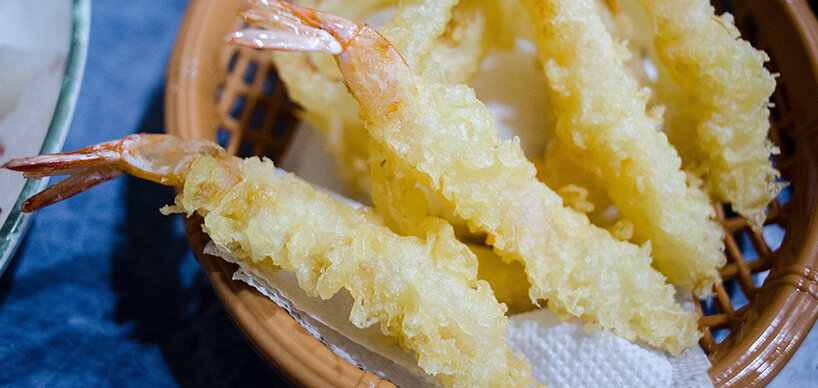
Everything in dough
Although it was not originally intended in Japanese cuisine, almost everything is fried in Japan today: Traditionally, there is vegetables, fish, and seafood. This includes mainly white fish, shrimp, octopus, sweet potatoes, pumpkin, green beans, shiitake mushrooms, eggplant, and lotus root. The batter also goes well with sweets like ice cream and chocolate: the perfect basis for unique Japanese sweets. Other popular Japanese dishes that are fried include Kakiage, round cakes made from fried vegetable strips, and Kare Pan, small fried buns filled with Japanese curry sauce and either egg or cheese.
Today, Tempura is considered one of the most important dishes in Japan and is imitated worldwide. On January 7th, the United States even celebrates National Tempura Day. If you want to try the original, you have the choice depending on your budget: a dish can cost from 5 euros in a fast-food restaurant to 300 euros in Japan's most expensive Tempura restaurant. But it is also not difficult to fry Tempura at home. Why not give it a try and see for yourself:
Make your own tempura
Meanwhile, you can also buy Tempura batter in our country to cook the popular dish at home. If you want it more authentic, you can easily prepare the ingredients yourself. Here's a simple recipe from us for delicious Tempura with shrimp. For a tasty Japanese meal, sides like rice and miso soup are indispensable.
 1 personNo. of persons
1 personNo. of persons
 ca. 60 minTotal Time
ca. 60 minTotal Time
 middleLevel of difficulty
middleLevel of difficulty
 main mealDish
main mealDish
 Fish
Fish
 Eggs
Eggs
 Kitchenware
Kitchenware
|
shrimps
|
|
1
sweet potato (approx. 4 cm in size)
|
|
1
aubergine
|
|
2
shiso leaves (or peppermint leaves)
|
|
35 g
wheat flour
|
|
1
egg
|
|
fresh vegetable frying oil
|
|
65 ml
dashi stock (fish stock)
|
|
1 tbsp
soy sauce
|
|
1 tbsp
mirin (sweet sake)
|
|
1 cm
daikon radish (or other radish) - to taste
|
|
1/4 tsp
matcha tea powder - to taste
|
|
1/2 tsp
salt
|
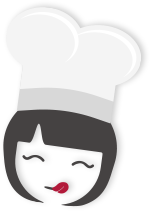



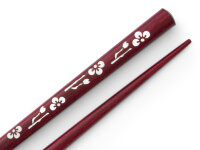
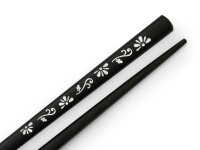

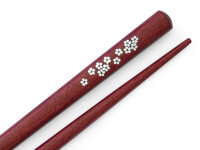
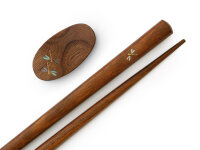
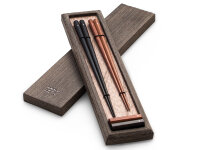
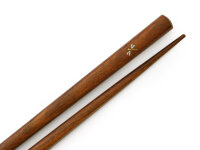
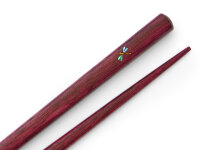
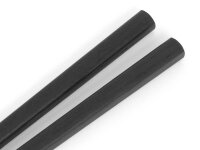
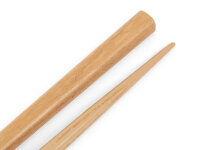
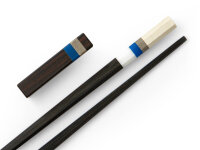
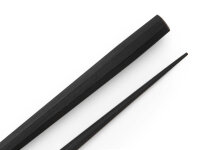
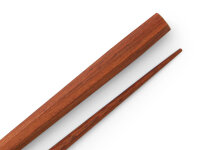
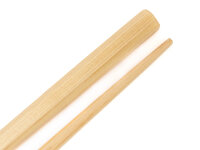
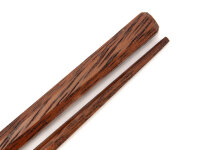










-from-the-yakiyaki-grill-pan.jpg)




